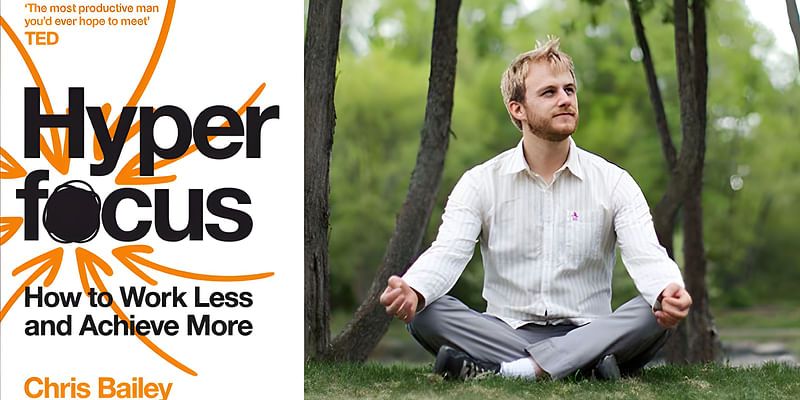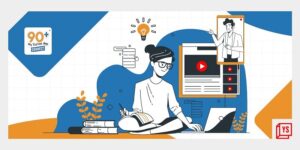
In an era dominated by constant notifications, digital distractions, and the relentless demand to be perpetually multitasking, the capacity to focus on a single task has become an undervalued skill. Chris Bailey, in his book “Hyperfocus: How to Work Less to Achieve More”, provides a comprehensive guide to reclaiming our attention and harnessing the power of singular focus. Let’s delve into the key takeaways from Bailey’s research and insights.
Understanding Hyperfocus and Scatterfocus
Bailey introduces two primary modes of attention: Hyperfocus and Scatterfocus.
- Hyperfocus is the deep, uninterrupted concentration we apply to our tasks. In this mode, you consciously select a task and dedicate all your attention to it. It’s about fully immersing yourself in one task and shutting out all distractions.
- Scatterfocus on the other hand is a deliberately less concentrated mode, where you let your mind wander and make connections. This mode is essential for creativity and coming up with new ideas. It’s the moment when you’re taking a shower and suddenly stumble upon the solution to a problem.
Both modes are crucial. While Hyperfocus helps in executing tasks effectively, Scatterfocus assists in connecting the dots and replenishing mental energy.
The Cost of Constant Distraction
Bailey asserts that in today’s digital age, we’re more distracted than ever. These constant interruptions aren’t just annoying; they’re costly. They sap our productivity, reduce the quality of our work, and even deplete our mental well-being. Every time we switch tasks, we experience a “attention residue” where parts of our attention remain stuck on the previous task.
3. Taming Distractions
To tap into the power of Hyperfocus, it’s essential to tame distractions. Bailey suggests:
- Prioritising Tasks: Not all tasks deserve your hyperfocused attention. Decide what’s truly important.
- Setting Up Your Environment: Make your workspace conducive to focus. This could mean putting your phone on airplane mode, using apps that block distracting websites, or simply choosing a quiet place to work.
- Scheduling Breaks: Take intentional breaks to switch to Scatterfocus mode and recharge.
4. The Power of Rituals
Establishing rituals can also boost productivity. For example, starting your day with a specific routine can signal to your brain that it’s time to enter a hyperfocused state.
5. Embrace Scatterfocus
While the book emphasises the power of deep concentration, it also underscores the importance of downtime and deliberate distraction. Moments of idleness, like daydreaming, can spur creativity. Bailey suggests activities like taking walks without a specific purpose, doodling, or even just sitting in a quiet room can activate Scatterfocus.










